Advantix bath drain
Product information
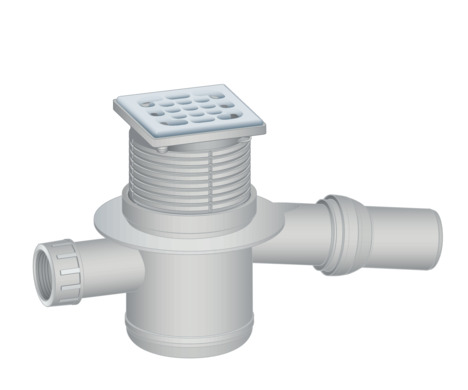
Advantix bath drain
| Year built (from): | 1. 01. 1987 |
Trade mark rights exist for this document; for further information, go to viega.com/legal .
Target groups
The information in this instruction manual is directed at the following groups of people:
Heating and plumbing experts and trained personnel
Tilers
Consumers
Individuals without the abovementioned training or qualification are not permitted to mount, install and, if required, maintain this product. This restriction does not extend to possible operating instructions.
The installation of Viega products must take place in accordance with the general rules of engineering and the Viega instructions for use.
Labelling of notes
Warning and advisory texts are set aside from the remainder of the text and are labelled with the relevant pictographs.
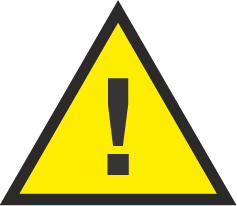
DANGER!
This symbol warns of possible life-threatening injury.
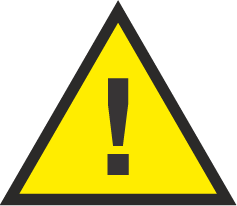
WARNING!
This symbol warns of possible serious injury.
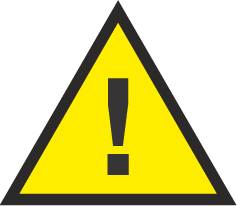
CAUTION!
This symbol warns of possible injury.

NOTICE!
This symbol warns of possible damage to property.

INFO!
This symbol gives additional information and hints.
About this translated version
This instruction for use contains important information about the choice of product or system, assembly and commissioning as well as intended use and, if required, maintenance measures. The information about the products, their properties and application technology are based on the current standards in Europe (e.g. EN) and/or in Germany (e.g. DIN/DVGW).
Some passages in the text may refer to technical codes in Europe/Germany. These should serve as recommendations in the absence of corresponding national regulations. The relevant national laws, standards, regulations, directives and other technical provisions take priority over the German/European directives specified in this manual: The information herein is not binding for other countries and regions; as said above, they should be understood as a recommendation.
Standards and regulations
The following standards and regulations apply to Germany / Europe and are provided as a support feature.
Regulations from section: Media
Scope / Notice | Regulations applicable in Germany |
|---|---|
Typical domestic wastewater | DIN 1986‑3 |
Intended use
Areas of application
The drain is intended for use in floor constructions without sealing – e.g. cellars where wastewater occurs in small quantities at irregular intervals.
Technical information, see Technical data .
Media
The drain is intended for draining wastewater commonly encountered in households in constant operation, see Regulations from section: Media .
The short-term temperature of the wastewater may reach up to 95° C. The temperature must be considerably lower in constant operation.
The pH value must be higher than four but lower than ten.
It is not permitted to introduce wastewater, which could damage the product material.
Drainage capacity
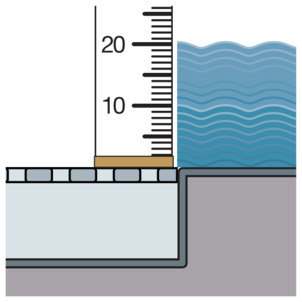
Drainage capacity at an accumulation height of 10 mm above the grate: 0.55 l/s
Drainage capacity at an accumulation height of 20 mm above the grate: 0.9 l/s
Drainage capacity through the lateral inlet: 1.2 l/s
The values are dependent on the total height of the drain unit.
Product description
Overview

- 1 Grate
- 2 top, can be cut to length
- 3 cleaning screw
- 4 horizontal drain socket (DN 50) with ball joint
- 5 Base unit
- 6 inlet (DN 40) for the connection of additional drain pipes (e.g. from washbasin, shower etc.)
Technical data
Nominal width [DN] (drain socket) Nennweite [DN]Ablaufstutzen | 50 |
Nominal width [DN] (inlet) Nennweite [DN]Zulauf | 50 |
Drainage capacity | |
Dimensions and installation height | |
Water seal level Sperrwasserhöhe | 50 mm |
Load class Belastungsklasse | K = 300 kg |
Information for use
Installation variations
The drain can be mounted in the following way:
in a drill hole
in a floor recess
Required accessories
Top
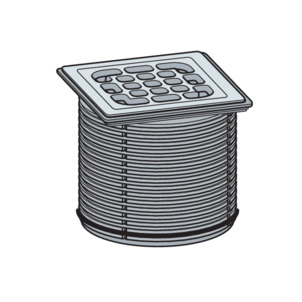
Advantix tops are available in a number of sizes and variations. You can also only buy an Advantix top frame and then purchase a suitable designer grate separately (see catalogue).
Sieve insert
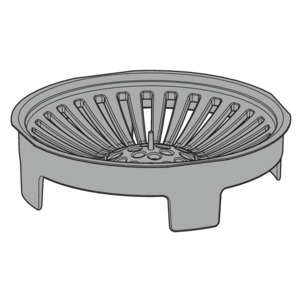
The drain can be fitted with a sieve insert (model 4958) to collect dirt.
Odour barrier
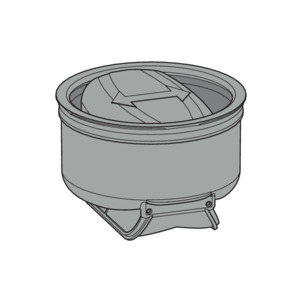
Advantix drains can be equipped with an additional odour barrier, which also closes the drain odour-tight, if the water seal in the odour trap has evaporated. In this way, odour nuisance is avoided even with drains that are only seldom used. Odour barriers can be found in the catalogue.
Handling
Assembly information
Important note
Before assembly:
Check if the drainage capacity of the drain is sufficient for the arising water volume Drainage capacity .
Check if the installation height of the drain corresponds with the planned floor construction.
Ensure that the required connection line is installed with the necessary incline to the planned installation location.
If necessary, supply the required accessories Required accessories .
During assembly:
Observe installation dimensions.
Installation dimensions
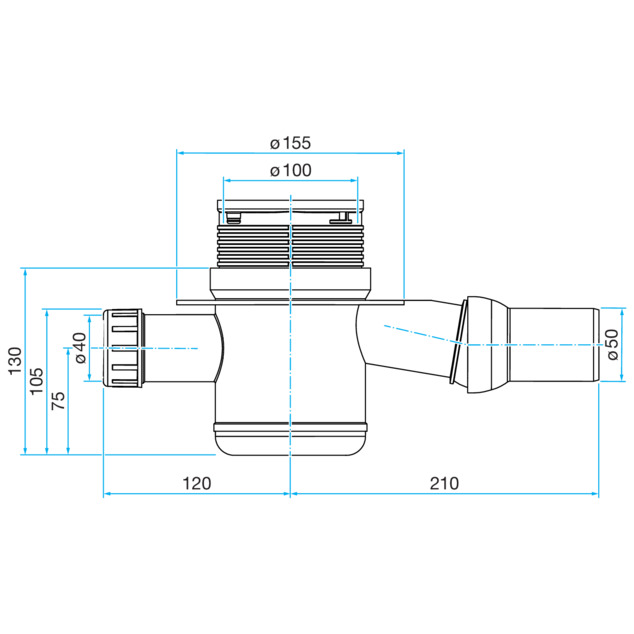
Tools and materials
Required material
Material for securing the drain
Assembly
Connecting the drain
Connecting to the wastewater system
The connection to the wastewater system must be completed before the drain can be installed in the floor construction. Proceed as follows:
Requirements:
A pipe to the planned drainage position is already in place for the connection to the wastewater system.
The drain pipe has an internal sealing lip.
-
Align the drain socket on the ball joint.
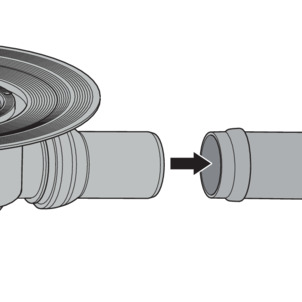
-
Insert the drain socket into the drainpipe as far as it will go.
Connecting the inlet
Make the connection to the inlet to mount the drain. Proceed as follows:
Requirements:
The inlet pipe has been mounted.
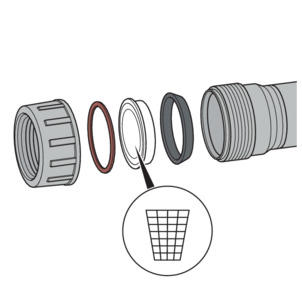
-
Unscrew the union nut from the drain inlet.
-
Remove the protective plug.
-
Remove the sliding ring and the sealing element from the protective plug.
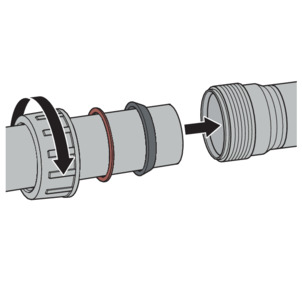
-
Push the union nut, sliding ring and sealing element onto the inlet pipe.
-
Push the inlet pipe at least 1.5 cm deep into the drain inlet.
-
Screw the inlet pipe with the coupling onto the drain inlet.
Mounting the drain
-
Position the drain at the desired height at the place of use. If necessary, raise or lower in the existing floor using suitable material.
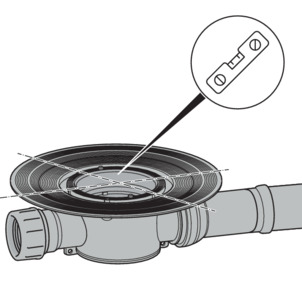
-
Align the drain horizontally using a spirit level.
-
Secure the drain in such a way that it cannot shift when the subsequent works are applied.
-
Work the drain into the screed or floor covering.

NOTICE!
Product damage due to improper installation
If hollow spaces occur during the lining of the drain, leaks may occur when pressure is applied.
Inform the subsequent workers that the drain must be fully lined and that there must be no hollow spaces.
Mounting the top
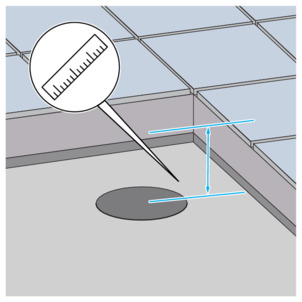
-
Starting with the upper edge, transfer the measured height onto the top.
-
Cut the top to the marked height.
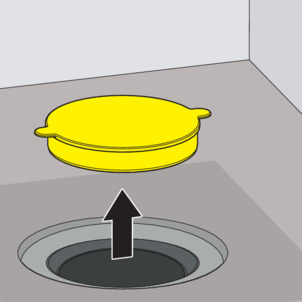
-
Remove the yellow protective plug.
-
Place the top into the drain and align according to the tiles.
-
Work the top into the screed or the floor covering.
Care
Care tips
Normal soap or a mild cleaning agent can be used for regular maintenance and prevention of lime scale on the grate and frame. Use no scouring agent or abrasive objects.
Strong stains, even around the drain unit and the odour trap, can be removed using typical household cleaner. Rinse the detergent very thoroughly with clear water after the prescribed dwell time. There should be no residue on the components.
Cleaning the drain
Use a mild cleaning agent and a washing-up brush for cleaning.
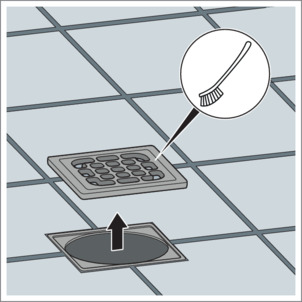
-
Remove and clean the grate.
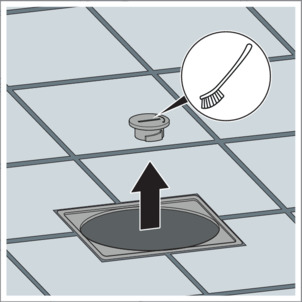
-
Remove the cleaning screw.
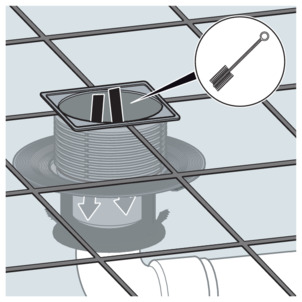
-
Clean the drain.
-
Replace the cleaning screw.
-
Replace the grate.
Disposal
Separate the product and packaging materials (e. g. paper, metal, plastic or non-ferrous metals) and dispose of in accordance with valid national legal requirements.